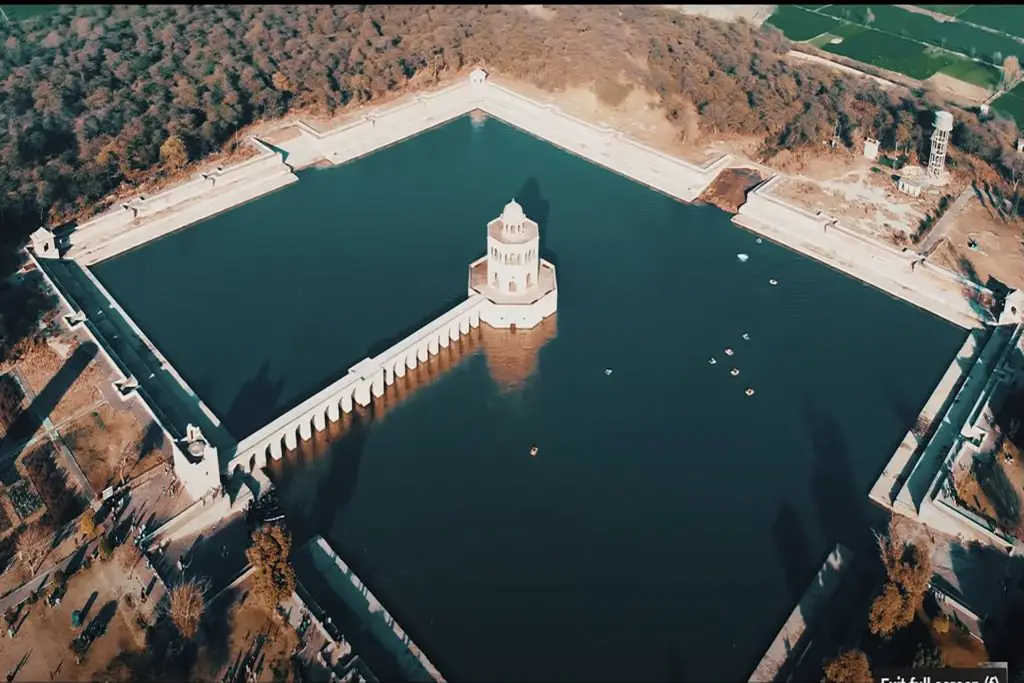The Sacred Rocks of Hunza, also known as “Maiun-e-Chakar” in the local language, is a massive boulder located in the town of Karimabad, Hunza Valley, in the Gilgit-Baltistan region of Pakistan. It is believed to be a symbol of the ancient animistic religion that was practiced in the area before the arrival of Islam.
The Hunza or Haldeikish Sacred Rocks are one of the oldest Petroglyph sites along the ancient Silk Road. It is a cultural heritage site in Gilgit-Baltistan, Pakistan. Rock carvings date from the 1st millennium AD.
The Haldeikish name translates as “place of many male ibex”, with carvings of ibex scattered across the rock faces, a message to all travelers that wild ibex were plentiful in the area.
Location of the Sacred Rock of Hunza
The Sacred Rock of Hunza is located between the Hunza River and the Karakoram Highway, it offers a convenient access point for visitors traveling through the area. The nearby UNESCO enlisted village of Ganish in Hunza Valley is just a short 5-minute drive away, allowing visitors to explore the rich cultural heritage of the region.
Furthermore, the Sacred Rocks of Hunza provide a captivating view of Altit Fort, another notable historical site in the area. Altit Fort, a well-preserved ancient fortification, is located nearby and adds to the overall historical and cultural significance of the region.
The proximity of the Sacred Rocks to Ganish Village and Altit Fort offers visitors the opportunity to explore multiple historical sites in a relatively small area. This creates a rich cultural experience, allowing visitors to immerse themselves in the ancient history and heritage of the Hunza Valley.
As a result, the Sacred Rocks of Hunza, along with the nearby Ganish Village and Altit Fort, form a significant cultural and historical hub that attracts tourists and researchers alike. The combination of these sites provides a comprehensive understanding of the region’s past, making it a must-visit destination for those interested in archaeology, history, and cultural exploration.
Images Gallery
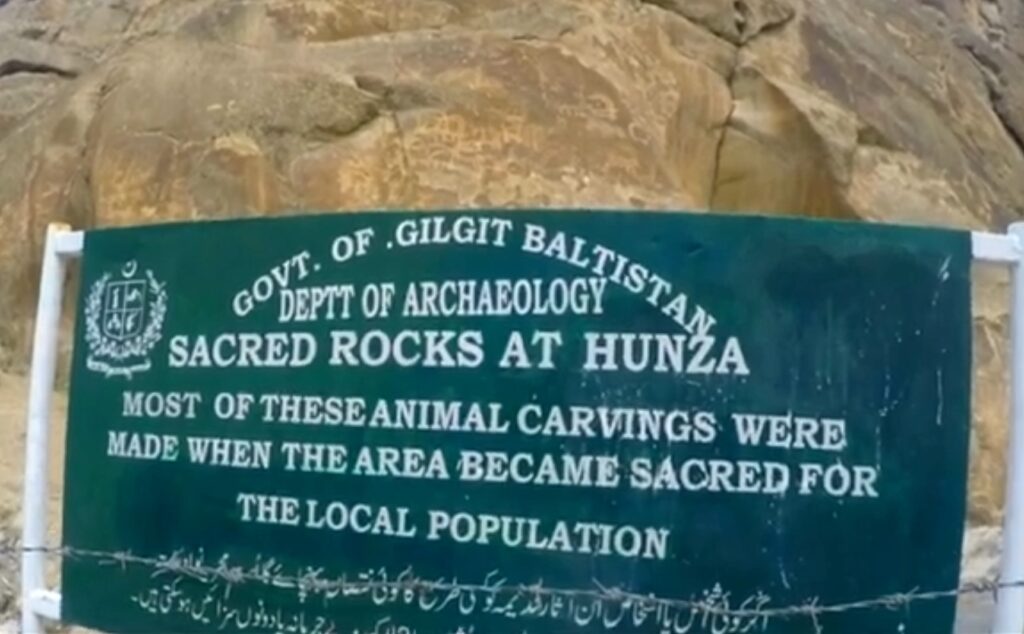
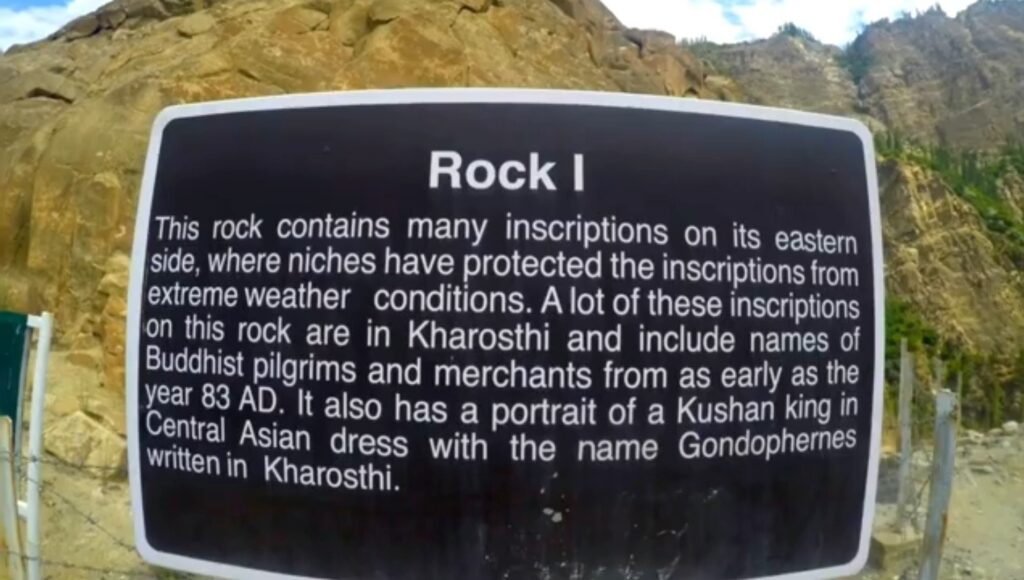
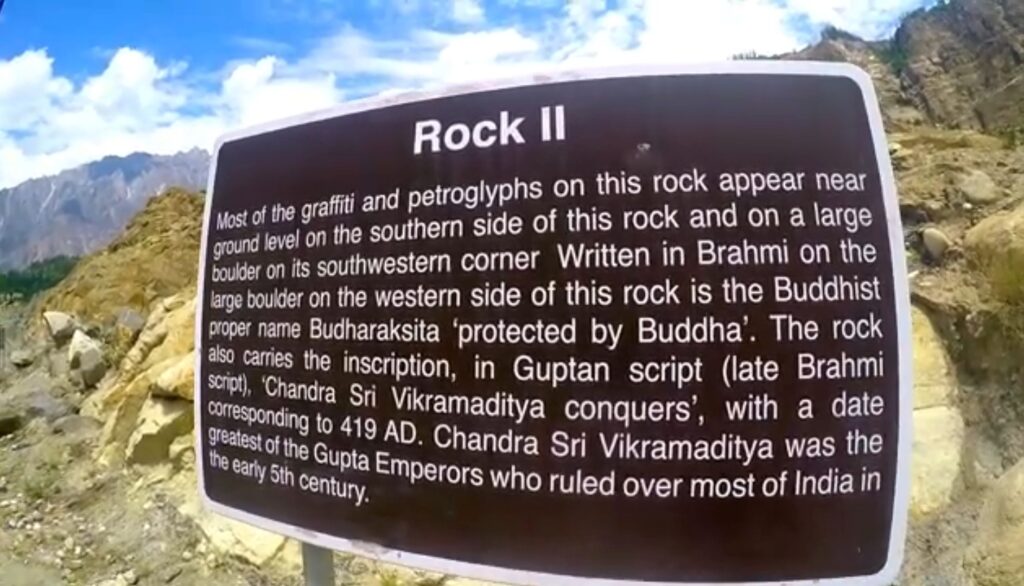
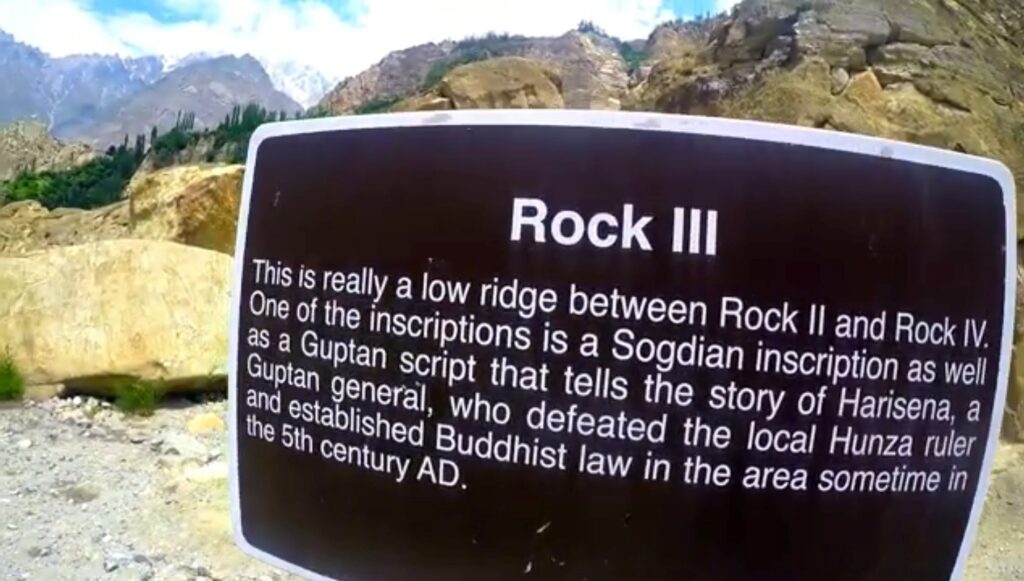
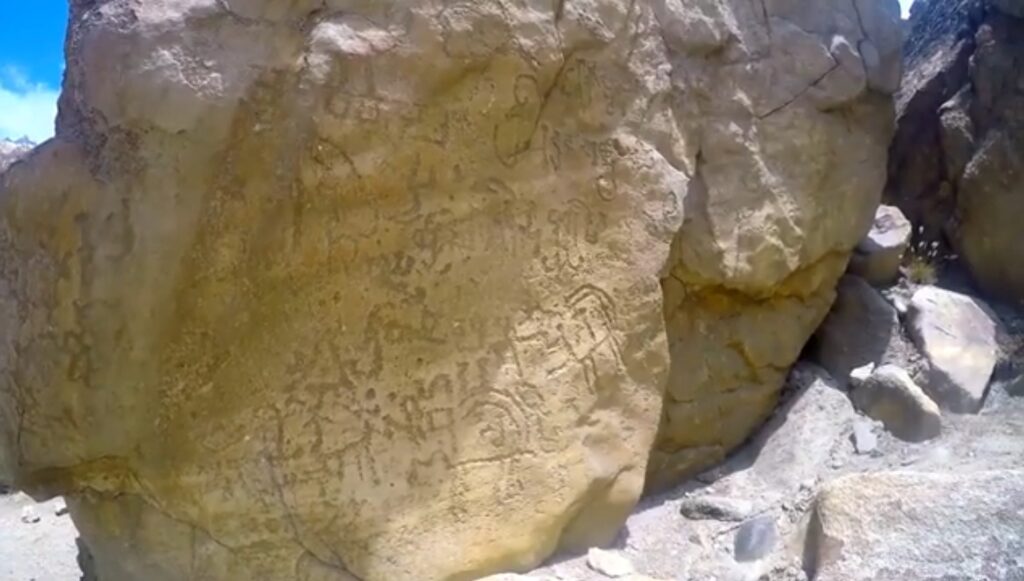
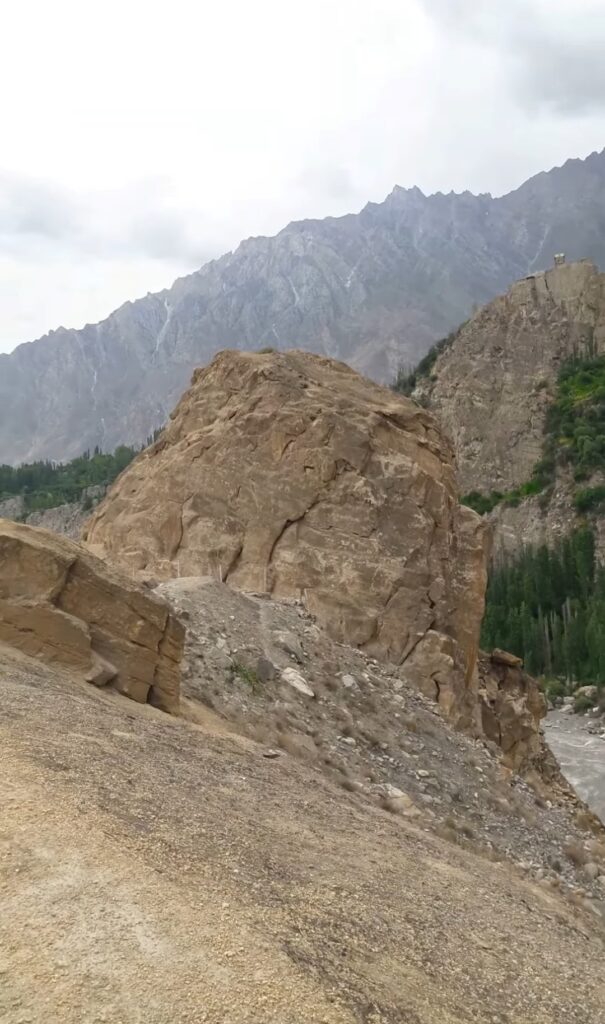
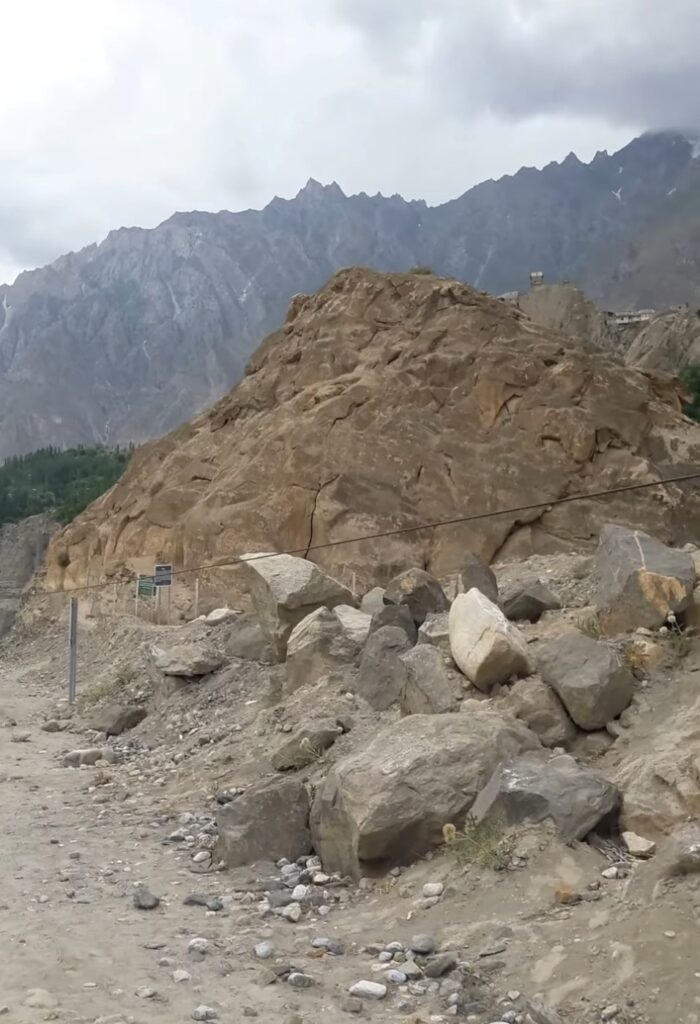
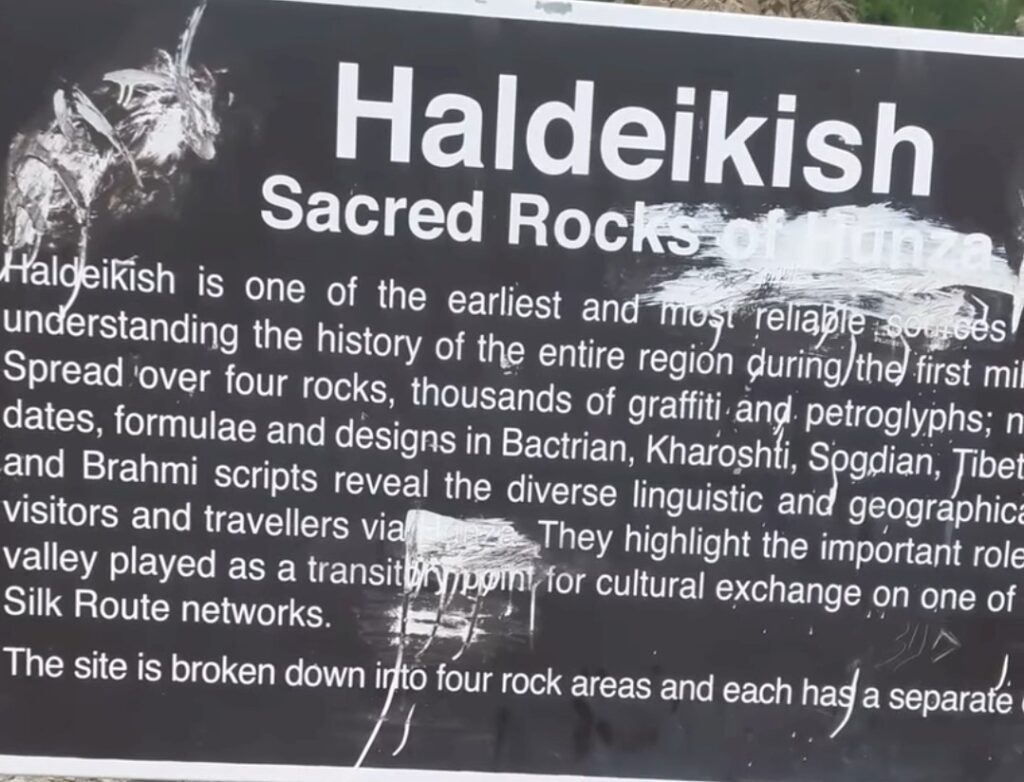
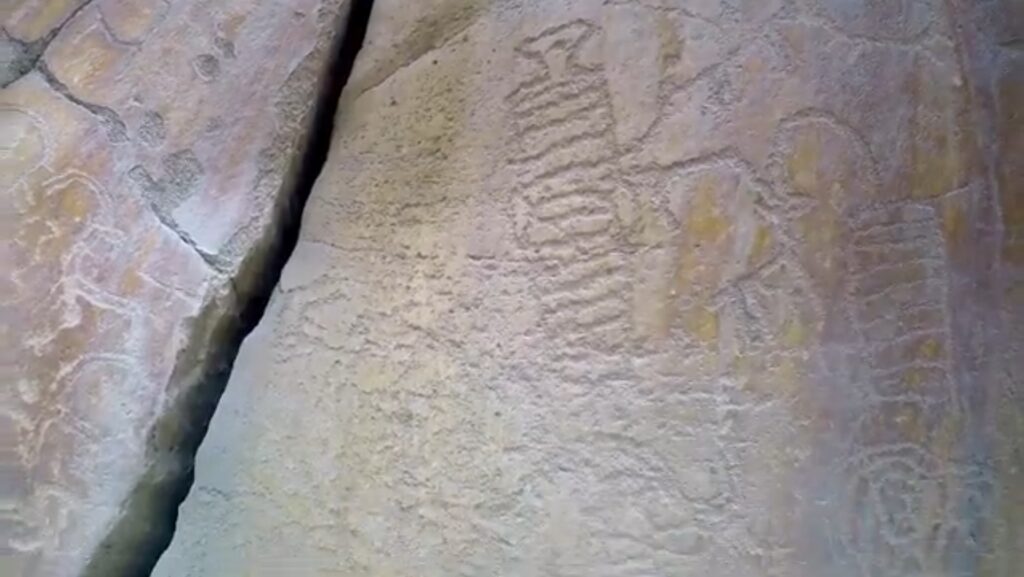
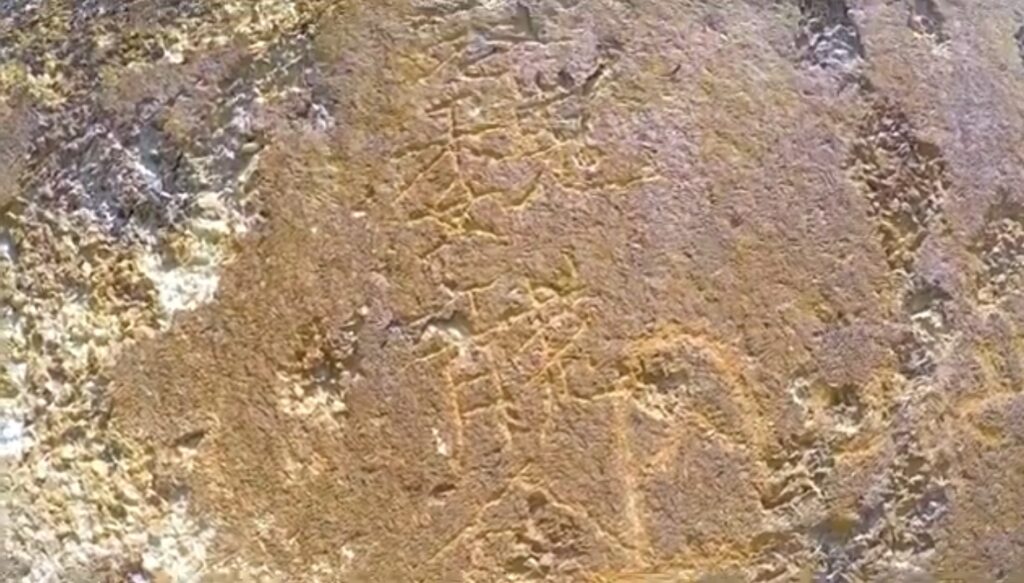
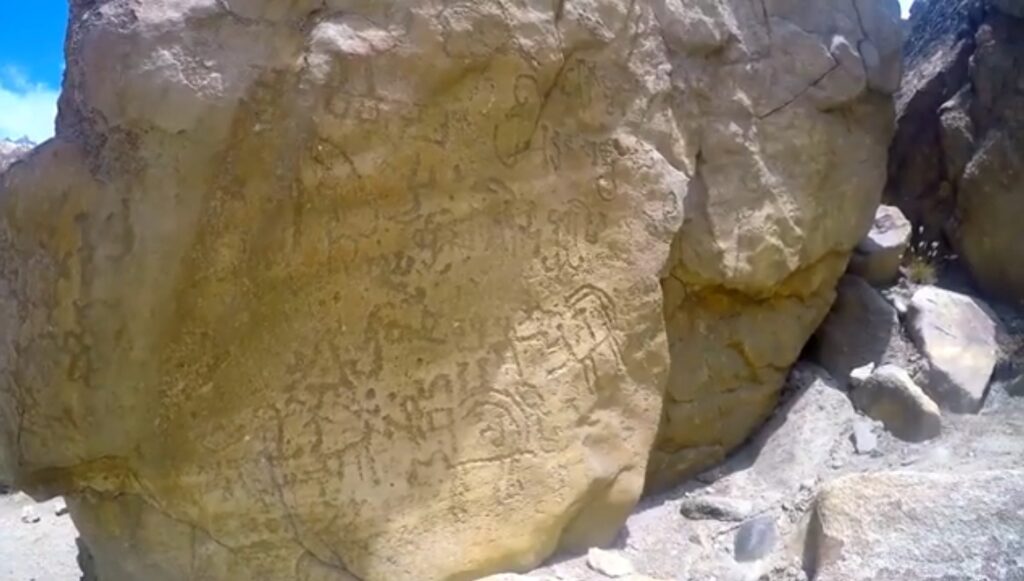
Formation of Sacred Rock of Hunza
The rock formation, measuring 180 meters in length and reaching a height of 9 meters at its highest point, consists of four main boulders with two portions that contain rock engravings and carvings. The site was once accessible through stone steps and contained Buddhist cave shelters. However, over time and due to extreme weather conditions and natural erosion, many of these structures have collapsed, with only a few remaining preserved.
According to local legends, the Sacred Rock was originally used as a place of worship by the people of Hunza, who practiced the animistic religion of Shamanism. The rock was considered a symbol of their beliefs and was believed to possess spiritual powers that could bring good luck and ward off evil spirits. The locals would often gather around the rock to perform their religious rituals and offer sacrifices.
Specification
The Sacred Rocks of Hunza bear thousands of petroglyphs in various languages, including Bactrian, Sogdian, Kharosthi, Tibetan, Chinese, and Brahmi. These carvings were made by the numerous travelers who passed through the Silk Route, showcasing the diverse cultural exchange that took place in the Hunza region during the first millennium CE. They provide valuable insights into the history of the entire region.
The rock formation is divided into two portions: an upper portion and a lower portion.
Upper Part
The upper part of the rock consists of inscriptions that are carved in the Sogdian, Kharosthi, Brahmi, Sarada, and Proto-Sarada languages. The names of the Kushan Empire emperors Kanishka and Huvishka appear in these inscriptions. King Trukha Ramadusa’s name is also mentioned in inscriptions which are carved in Brahmi script.
Lower Part
The lower part is engraved with the image of ibex. These ibex are depicted in various situations, including hunting. The carvings also feature Horned-human deities playing with ibex. The ibex carvings are proof that the ibex is an animal that has cultural significance for Buddhists and the region in ancient times. One of the carvings also depicts the likeness of an ancient Chinese king. Some carvings show a Tibetan-style stupa.
One notable inscription at the Sacred Rocks of Hunza mentions Chandragupta II, an emperor of the Gupta Empire, with a corresponding date of 419 AD. This inscription suggests that Chandragupta marched through the Punjab region and advanced into the country of the Vahlikas, which corresponds to present-day Balkh in Afghanistan.
The Sanskrit inscriptions at the site, written in Gupta script, mention the name Chandra and the epithet “Vikramaditya.” These inscriptions provide evidence of a potential Gupta military campaign in the area, although the identification of “Chandra” with Chandragupta is not certain.
When Islam arrived in the region in the 15th century, the Sacred Rock was converted into a shrine, and a mosque was built nearby. The rock still holds religious significance for the local Muslims, who believe that the rock has miraculous healing powers.
Apart from its religious and cultural significance, the Sacred Rock of Hunza is also an essential archaeological site. The rock has numerous inscriptions in the Kharosthi script, which dates back to the 4th century AD. These inscriptions are believed to be the earliest examples of writing in the region and are considered an essential source of information on the history and culture of the ancient Hunza civilization.
In recent years, the Sacred Rock of Hunza has become a popular tourist attraction, drawing visitors from all over the world. Tourists can explore the bazaar, admire the rock’s inscriptions, and witness the locals’ religious ceremonies.
Preservation of the Sacred Rocks of Hunza
The sacred rock of Hunza is a cultural heritage of Pakistan and is currently well preserved, but still, some carvings bearing inscriptions are due to aging. There were many Buddhist shelter caves, which disappeared over time and only a few have survived.
Efforts are being made to address the effects of aging on the carvings and inscriptions. Conservation measures such as documentation, monitoring, and periodic maintenance are essential to ensure the long-term preservation of the rock’s historical significance. Experts in archaeology and heritage conservation are working to stabilize the remaining structures and protect them from further deterioration caused by natural elements and human activities.
In addition to the physical preservation of the site, there is also a need to raise awareness about its historical and cultural value. Local communities, tourists, and visitors should be educated about the significance of the Sacred Rock of Hunza and the need to respect and protect it. This can be achieved through interpretive signage, visitor centers, guided tours, and educational programs that highlight the importance of preserving such cultural treasures.
Furthermore, international collaboration and support can play a vital role in the preservation of the Sacred Rock of Hunza. Partnerships with organizations specializing in heritage conservation and research can provide technical expertise, funding, and knowledge-sharing opportunities. Collaborative efforts can help develop comprehensive preservation plans, implement best practices, and raise global awareness about the site’s importance.
It is crucial to address the environmental challenges that pose a threat to the site’s preservation, such as flooding and other natural disasters. Adequate infrastructure development, including protective measures against flooding and erosion, should be implemented to safeguard the Sacred Rock of Hunza from future risks.
The Sacred Rock of Hunza stands as a testament to the rich cultural history of the region and the ancient connections facilitated by the Silk Route. By prioritizing its preservation and promoting its significance, we can ensure that future generations can continue to appreciate and learn from this valuable archaeological site.
In conclusion, the Sacred Rock of Hunza is a unique and significant landmark that represents the rich history and culture of the Hunza Valley. Its spiritual significance, archaeological value, and stunning beauty make it a must-visit destination for anyone traveling to the region.





